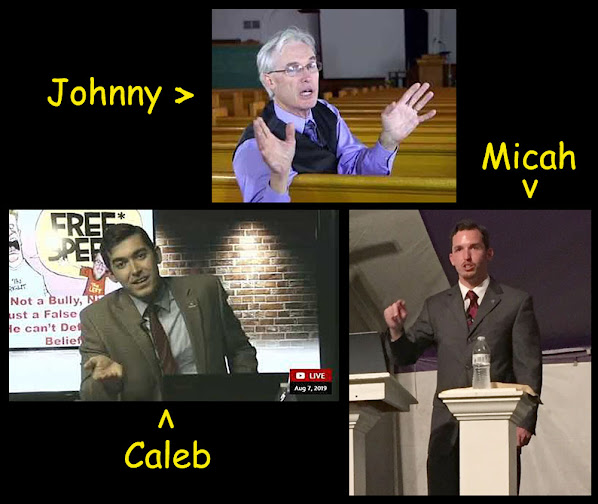Time and Distance

A light-year is a unit of distance, not of time. It is the distance light travels in one year, which is about 5.9 trillion miles. For example - if a distant star is 10 light years from Earth, the distance is 59 trillion miles, and the light that it emits takes 10 years to reach Earth - so when looking at that star, we are seeing light that was emitted 10 years earlier. This is math and physics.
( Photographed through my telescope during the eclipse - 2017 )
Our sun is almost 92 million miles from Earth ( 0.00001581 light years ). The light from our sun takes just over 8 minutes to travel to Earth.
This is math and physics - if you are a "Young Earth" bible believing Christian, do you accept this math or do you dispute it?
Proxima Centauri (circled in red above) is the closest star to Earth after our Sun. It is 4.25 light years from Earth. The light from Proxima Centauri takes 4 years and 3 months to reach Earth.
This is math and physics - as a "Young Earth" bible believing Christian, do you accept this math or do you dispute it?
Andromeda Galaxy is the nearest galaxy to our galaxy, the Milky Way Galaxy. On a very clear and dark night, if you have good eyes, and if you are looking in the right place, you can see a faint smudge of light. With a good pair of binoculars you can barely make out the galactic shape of Andromeda. With a decent telescope you can easily recognize it as a galaxy. It is 2.5 million light years from Earth. This means that as you look at Andromeda you are seeing the light that left Andromeda's stars 2.5 million years ago - you are seeing Andrameda as it was 2.5 million years in the past. In other words, you are seeing back in time 2.5 million years. From our perspective Andromeda is slightly tilted, enabling us to see across it from the near side to the far side. Since Andromeda is 210,000 light years in diameter, the light that we receive from the stars on the near side reaches Earth 210,000 years before the light from the stars on the far side.
This is math and physics - the same math that applies to our Sun and to Proxima Centauri - as a "Young Earth" bible believing Christian, do you accept this math or do you dispute it?
Many bible believers subscribe to the "Young Earth" interpretation that God "created the heavens and the earth" some 6,000 years ago. If you accept the math involved in describing the distance of objects in space (sun, stars, galaxies) and the vast majority of those objects are so far away from earth that it takes thousands, millions, even billions of years for the light from those objects to reach Earth, can you honestly maintain that those objects are only 6,000 years old simply because of your ancient holy book?
Many church, denomination, and other Christian websites have a "What we believe" section. Here are just a couple examples of their beliefs concerning "creation":
Faith Baptist Bible College and Theological Seminary
We accept the Genesis account of the six days of the creation week as a historical record and believe that the universe with all that is in it was created by God; and we affirm that living creatures were made according to their kinds and were not produced by some process of evolution.
Seventh-day Adventist
God has revealed in Scripture the authentic and historical account of His creative activity. He created the universe, and in a recent six-day creation the Lord made “the heavens and the earth, the sea, and all that is in them” and rested on the seventh day.
In order for these Christians to maintain such a belief, they either have to be ignorant of the relevant sciences, ignore the relevant sciences, misinterpret them, or simply dismiss all the relevant sciences in order to hold on to their ancient religious beliefs that are based on a single page at the beginning of their ancient religious texts.
People - if you want to learn about the universe, do what Galileo did in the very early 1600's - use one of these:
Personally, I use one of these:
But, if you really want to make some discoveries, get training in the applicable sciences and use this:
But what ever you do
do NOT use this
If you use this book you are guaranteed to fail at science. No astronomer, no cosmologist uses this book in their studies of the universe. The bible is NOT a science textbook. Since it is NOT a science textbook, why do so many Christians insist that Genesis 1 offers the correct description of how (and when) the universe came into existence?
. . . free thought means that you’re literally free to believe whatever makes sense to you, and you’re free to change your mind when it doesn’t make sense anymore. You’re neither damned nor saved according to anything you do or do not believe, because the goal is not to believe but to improve understanding. The only way to do that is to seek out the flaws in your current perspective and correct them. Faith offers no way to do that. So it’s best to abandon faith first.
~ Aron Ra
bob
r.u.reasonable@gmail.com












Comments
Post a Comment